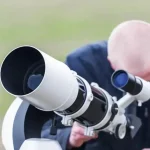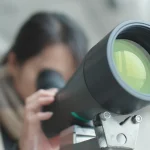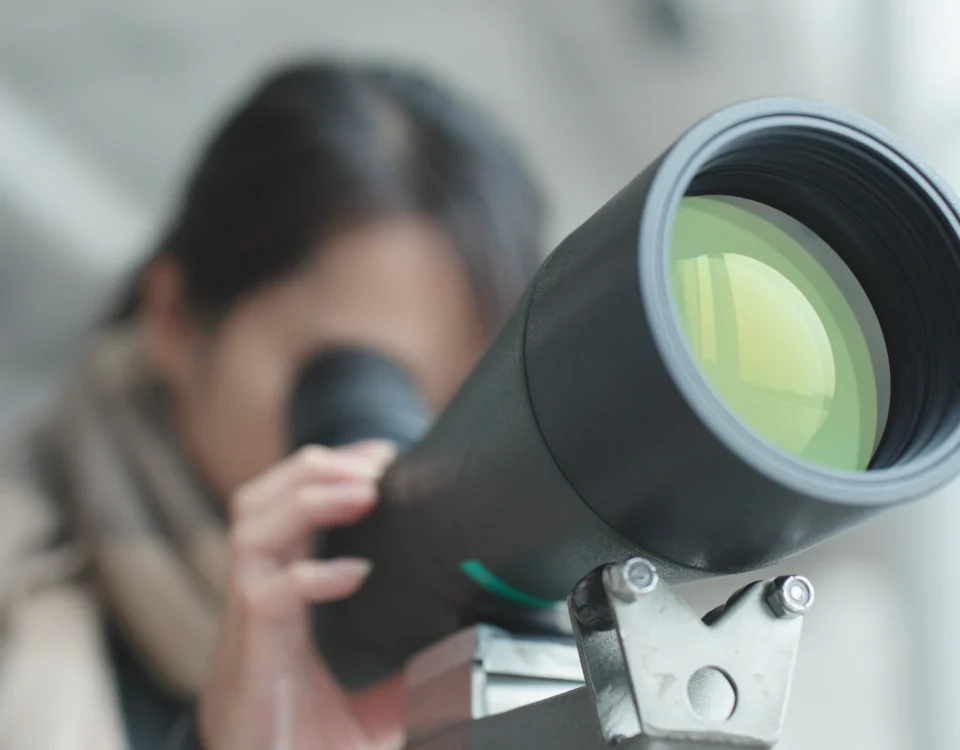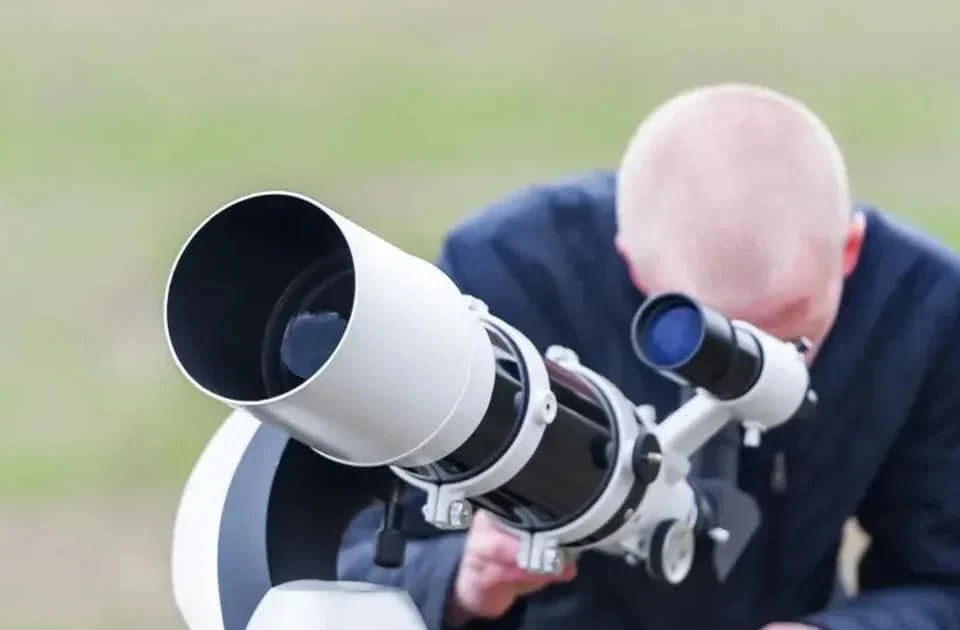Field research and classroom observations often demand clarity, precision, and portability in optical tools. Spotting scopes, designed to deliver high‑magnification views over long distances, have become essential for educational institutions seeking to enhance hands‑on learning. At ColperLab, we recognise that selecting the right spotting scopes can enrich both student engagement and research outcomes. From biology field trips to astronomical observations, spotting scopes bridge the gap between theory and real‑world application.
Table of Contents
Understanding Spotting Scopes: Key Features
Spotting scopes are compact, high‑powered optical instruments, often falling between binoculars and telescopes in magnification. Their design emphasises clarity, portability, and ease of use, making them ideal for educational settings. Key features include:
• Magnification range: typically 15x to 60x, adjustable depending on observational needs.
• Objective lens diameter: larger lenses gather more light for low‑light visibility.
• Tripod compatibility: stability is essential for precise viewing during extended sessions.
• Optical coatings: anti‑reflective coatings improve image sharpness and colour accuracy.
These features help students and researchers observe distant subjects without strain, making spotting scopes a versatile addition to labs and field kits. Studies on outdoor learning effectiveness highlight how clarity in observation tools improves retention and analytical skills.
Choosing the Right Scope for Educational Purposes
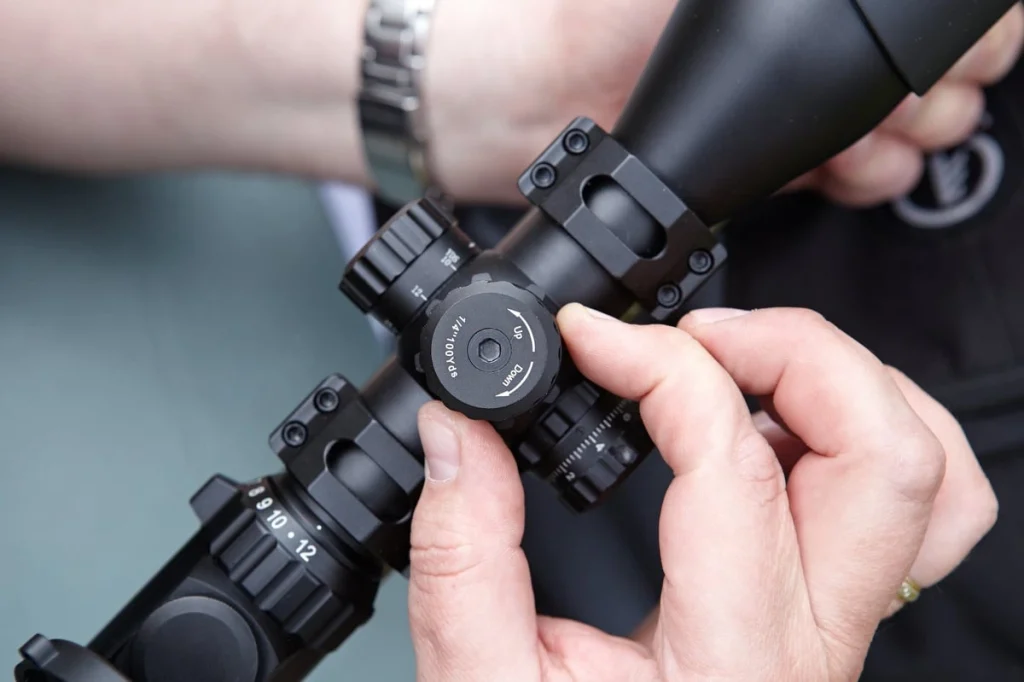
Selecting a spotting scope for a classroom or research environment involves balancing durability, cost, and optical performance. Consider the following:
• Budget vs quality: entry‑level scopes suit beginners, offering essentials at an accessible price, while advanced models deliver higher precision and durability for research‑intensive programmes.
• Portability: lightweight, compact designs reduce fatigue during long field sessions and allow flexible movement across diverse terrain. For shorter walks or fast setup, consider monoculars for field research for quick observations.
• Durability: weather‑sealed, shock‑resistant bodies withstand outdoor conditions and protect your investment.
• Ease of adjustment: smooth‑focus mechanisms enable fast, accurate changes between targets at varying distances.
Integrating Spotting Scopes into Classroom Learning
Effective classroom integration turns spotting scopes into dynamic educational aids. Teachers can run guided observation sessions on campus, monitor local wildlife patterns, or explore distant geological formations in earth science modules. Hands‑on activities encourage observation logs, comparisons, and critical thinking. Pairing scopes with field notebooks or mobile devices supports real‑time data capture.
Rotating scopes among small groups ensures every student gets direct observation time. Encourage note‑taking, sketching, and measurement alongside visual exploration to build accuracy and engagement. To extend digital capture in low‑light or mobile conditions, consider digital monoculars for quick image support.
Field Research Applications: Beyond the Classroom
Field studies extend learning beyond textbooks, requiring tools that deliver both reliability and precision. Spotting scopes are particularly effective in:
• Wildlife monitoring and behavioural studies.
• Botanical research and habitat mapping.
• Outdoor astronomical observation of planets and lunar landscapes.
Advanced students can use scopes to track changes over time, identify patterns, and practise scientific reporting. Stable tripods, weather‑resistant housings, and smooth zooms make scopes indispensable for long‑duration observations where binoculars may fall short. For schools exploring night‑sky modules, start with reflector telescopes to complement daytime scope activities.
Maintenance and Longevity of Spotting Scopes
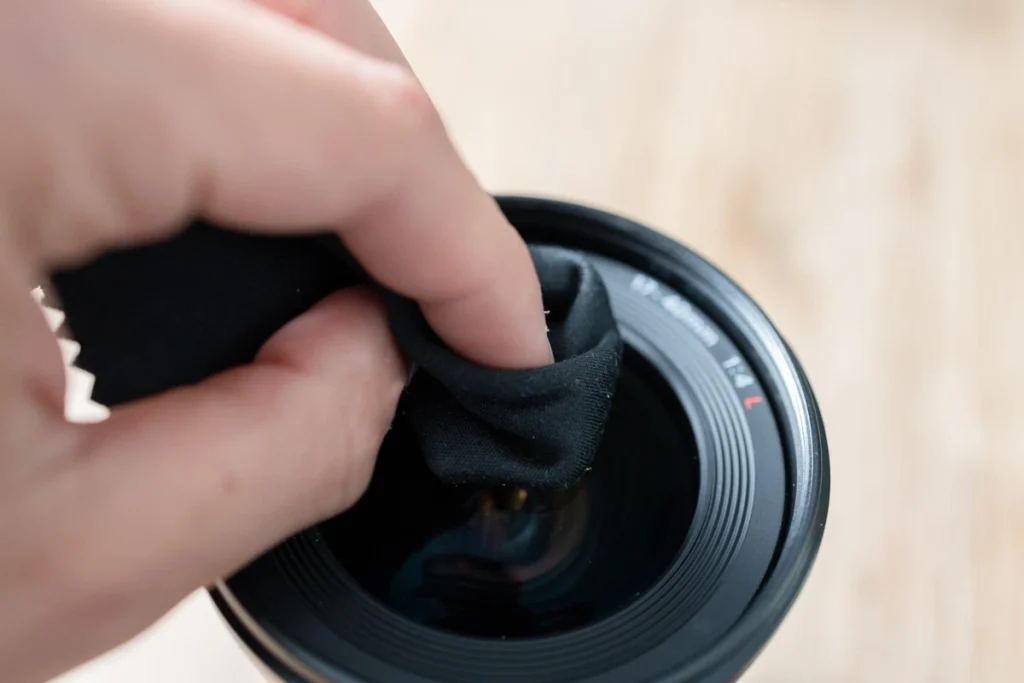
Proper care extends the life of spotting scopes and protects performance. Clean lenses with microfibre cloths and lens‑safe solutions to remove smudges and preserve clarity. Avoid exposing scopes to extreme temperatures or moisture without protective casing, as environmental stress can damage sensitive optics. Check tripod mounts and focus mechanisms regularly to maintain smooth operation.
Store scopes in padded cases when not in use to prevent knocks and dust. Establish routine maintenance so students and researchers always work with instruments that deliver consistent, accurate observations. Lens covers are a small investment that reduce scratch risks. Demonstrating safe handling in class builds responsibility and care.
Enhancing Curriculum with Optical Tools
Spotting scopes act as bridges between theory and tangible observation. By integrating these instruments into lesson plans, educators can:
• Encourage independent exploration alongside structured activities.
• Support STEM projects that require precise measurement and documentation.
• Create cross‑disciplinary links combining biology, geography, and physics.
The ability to observe distant subjects in high detail cultivates curiosity and analytical thinking—skills that remain valuable throughout students’ academic and professional journeys. For schools and universities seeking reliable optics, selecting scopes with documented specifications ensures alignment with curricular goals. Durable, user‑friendly instruments lower barriers to outdoor learning.
At ColperLab, we provide a curated selection of spotting scopes designed to enrich classroom and field experiences. Whether for introductory biology labs, advanced research projects, or extracurricular field studies, the right scope helps students engage with the world in meaningful ways and builds observation skills that last a lifetime.

